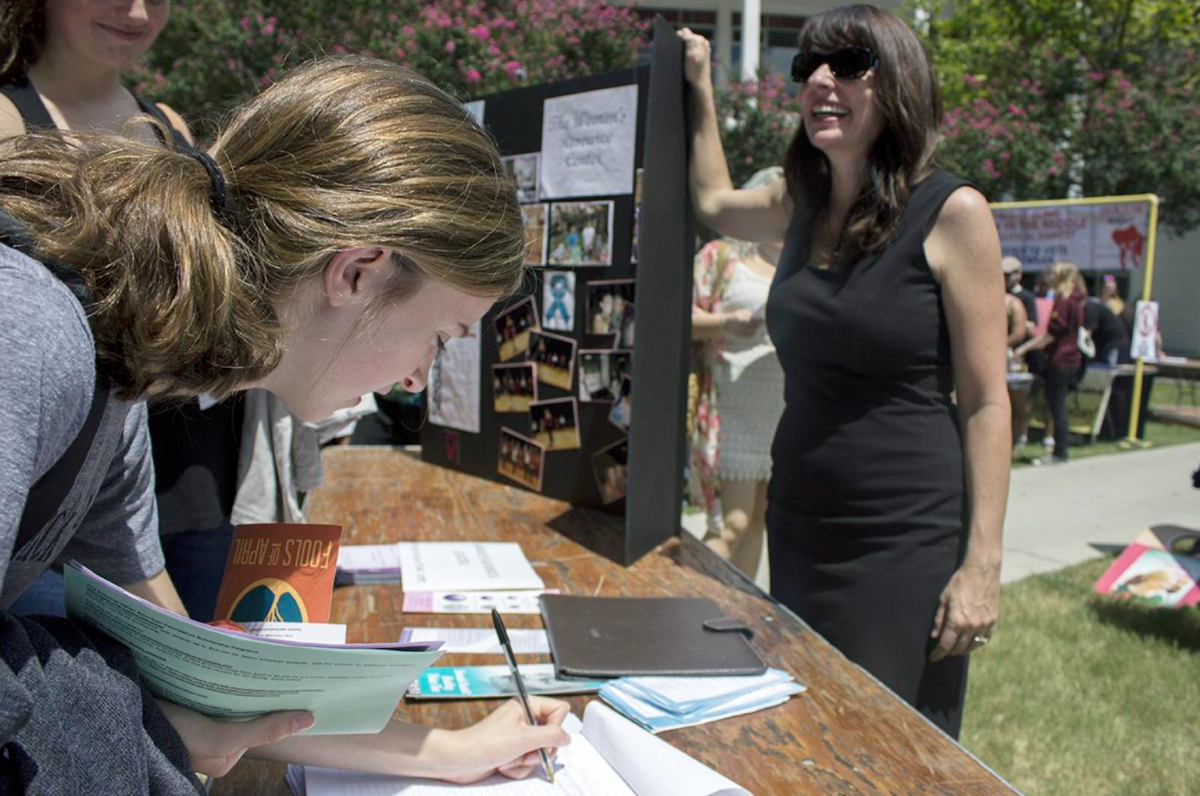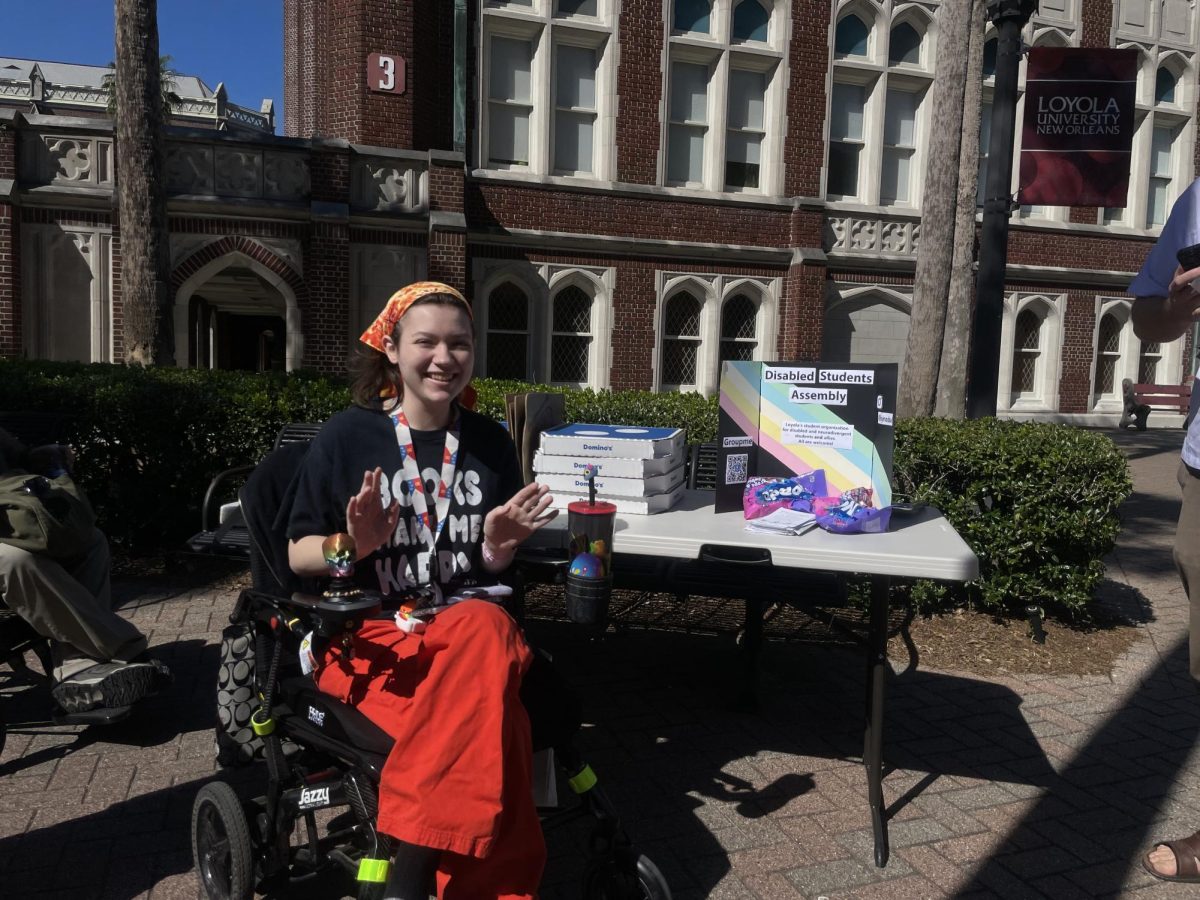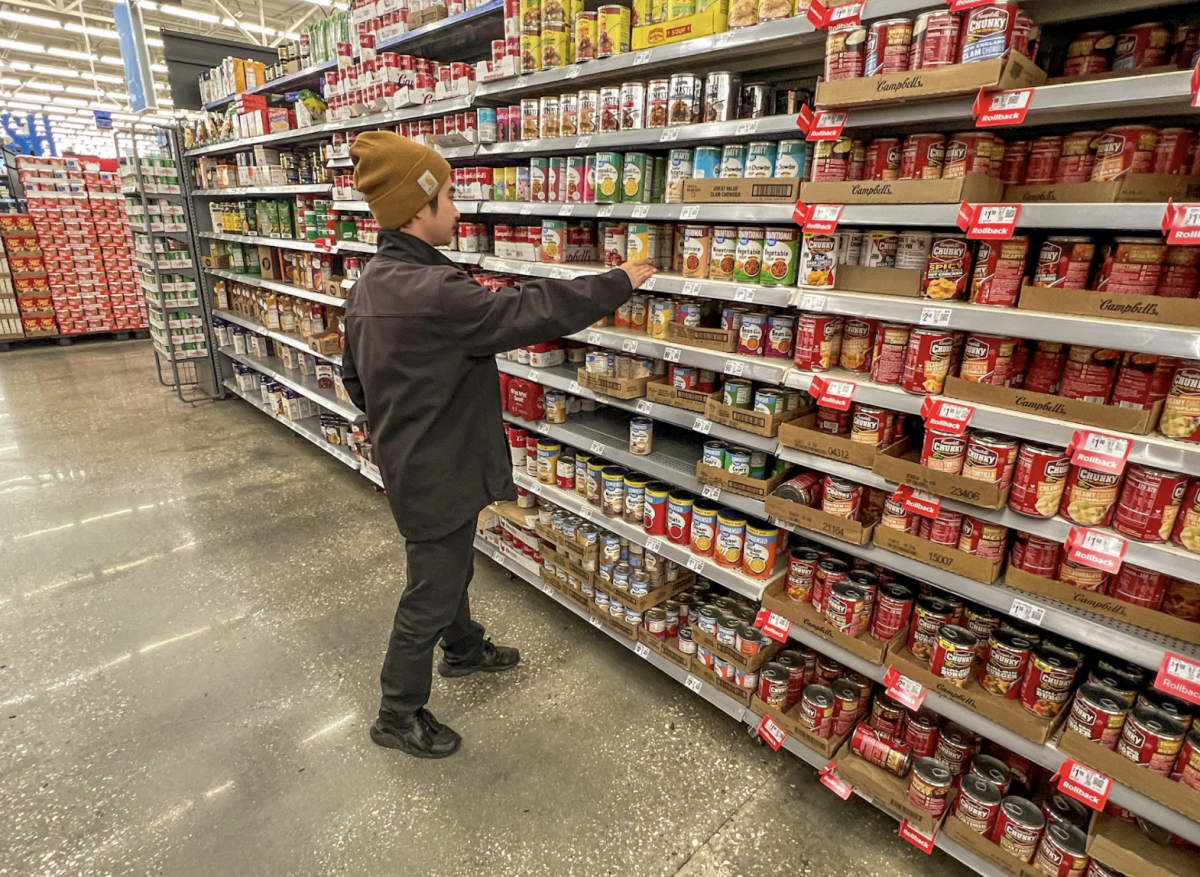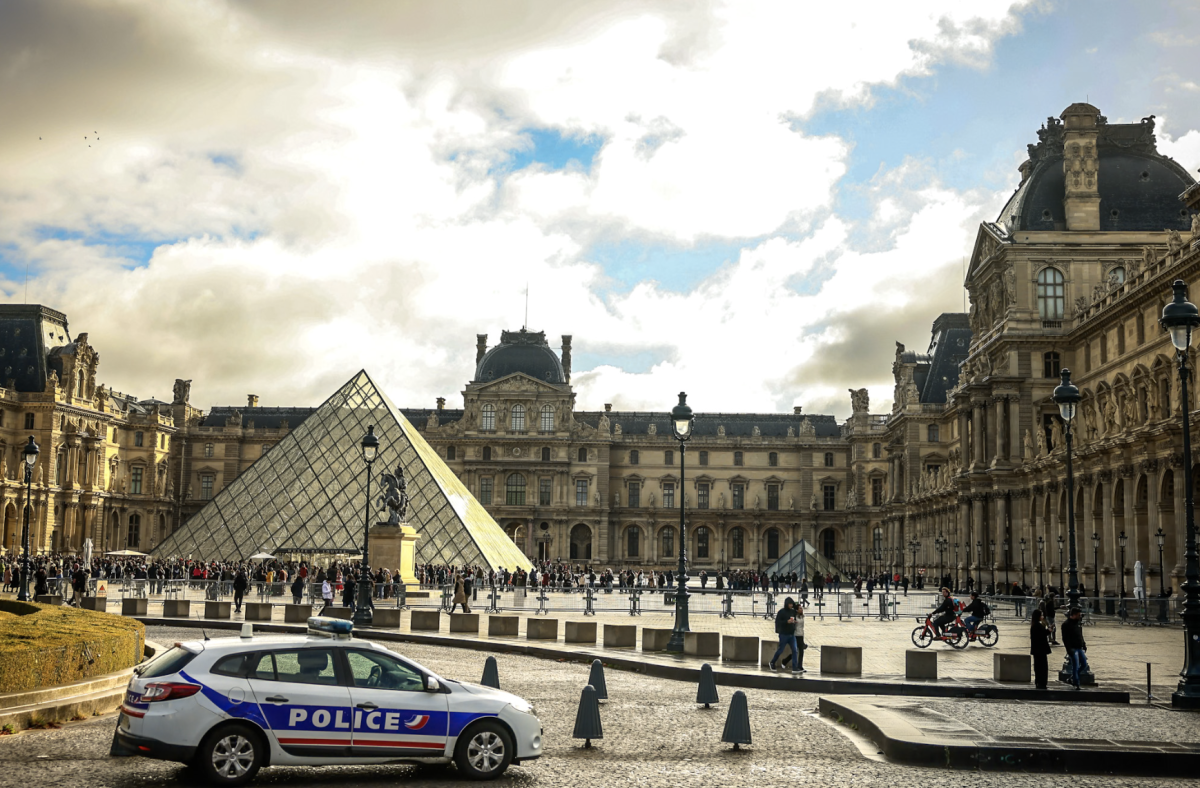The first plant that was smoked regularly on Loyola’s campus was tobacco.
In April 1940, The Maroon reported a story titled “Tobacco Business Healthy in Colleges, Survey Says.” According to this article, “As a group, college students are giving the tobacco growers a good business, for well over half of them report that they are smokers.”
Three decades and a few wars later, Loyola students moved on to a different drug of choice.
In November 1973, The Maroon reported that 58 percent of Loyola’s students had smoked marijuana, and 69 percent of students favored its legalization. According to the survey conducted for the story, the College of Business had the highest number of marijuana smokers. The College of Music reported the lowest number of smokers, “as though music were a high in itself.”
1983 proved to be a significant year for drug use on Loyola’s campus. In November, about 100 marijuana plants were found planted in a garden outside of Ignatius Chapel. Although they were suspected to be dogs bane, the plants were pulled up as a precautionary measure to avoid “anyone picking up and possibly smoking the plant,” according to Alan Abadie, director of security. Tests conducted in Orleans Parish crime labs proved that they were in fact young marijuana plants.
“I don’t think they were planted deliberately as a prank to embarrass the university,” Abadie said. “I don’t know how they could embarrass the university. Those things happen.”
In 1985, drugs seemed to have established more ground on campus. “Drug use seems to be at a fairly steady level,” said Kevin Foley, assistant director of Residential Life, in a March 1985 issue of The Maroon. “My perception is that it is there. It is not a major problem.”
This time, cocaine was the culprit.
“There are a lot of (cocaine) users in the dorms,” an anonymous student said in the same 1985 issue. “You can always get some cocaine if you want it, no questions asked.”
By 1996, however, The Maroon reported that cocaine use had begun to decline among Loyola students. According to Patrick Bailey,
director of public safety for University Police, drug trends on campus today have made a noticeable shift.
“If you look at our crime statistics, arrests for illegal drugs have decreased in the last four years. In 2009 there were 17 arrests, decreasing to 15 in 2010 and 10 in 2011,” Bailey said in an email. “LUPD’s Incident Reports indicate that marijuana continues to be the most popular illegal drug on campus or at least what we have discovered or made aware of.”
In recent years, Loyola has taken serious measures to deal with campus drug issues with committees such as Care and Concern and Health Education at Loyola, or HEAL.
“Here at Loyola, there is a continuous and concentrated effort to help those get back on track from using illegal drugs, abusing both legal drugs and alcohol and dealing with emotional problems,” Bailey said.
“That is what makes Loyola University New Orleans unique. We all take care of each other and reach beyond our campus boundaries to help others,” Bailey said.
Shannon Donaldson can be reached at smdonald@loyno.edu








